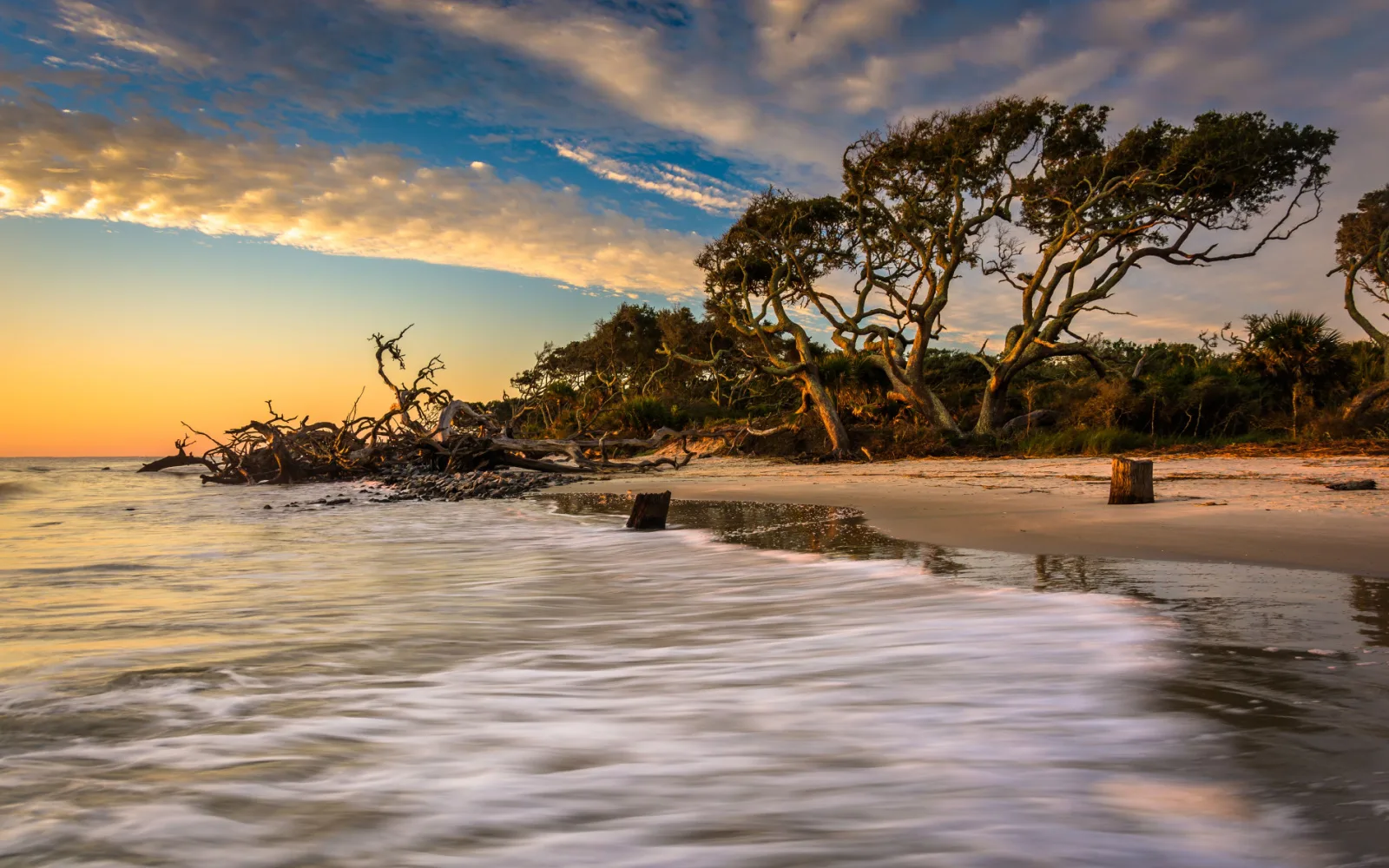What's the best time to visit Jekyll Island?
The best times to visit Jekyll Island are in spring (March–May) and summer (June–August). Spring offers pleasant temperatures ranging from the 50s to 70s Fahrenheit, with minimal rain and a chance to witness the sea turtle nesting season at the Georgia Sea Turtle Center.
Summer brings hotter weather, with temperatures in the upper 80s, but low humidity, making it ideal for beach activities. However, it’s the busiest season, so we recommend booking in advance.
If you’re planning a Jekyll Island getaway, you’re in for an exotic ride. Expect coastal beaches, ancient ruins, and peaceful people. Then, the inviting promenade and the captivating wildlife ensure that there’s never a dull moment on Jekyll Island!
Yet, you may wonder when the best time to visit Jekyll Island is — the answer is simple: it all depends on your budget, climate preferences, and what you hope to get out of your journey.
So let us help you by guiding you on this wonderful Jekyll Island adventure! We’ll show you all you need to know.
The Best Time to Visit Jekyll Island
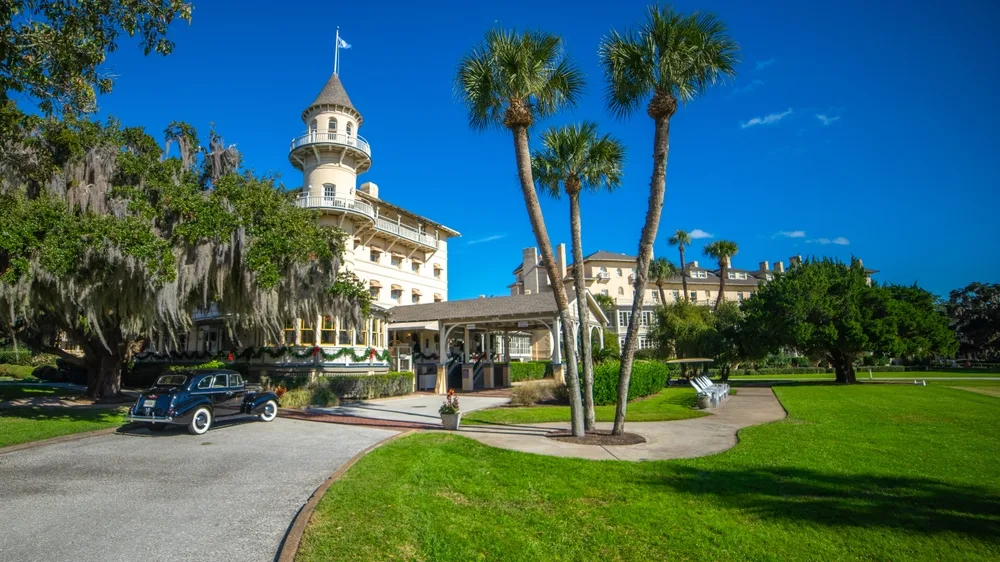
JMY Photography/Shutterstock
The best time to visit Jekyll Island is either in spring (March–May) or summer (June–August). These two seasons are not only the busiest with tourists but also the hottest of the entire year.
Spring is special, as flowers bloom, the temperatures increase, and the whole island seems to be slowly reemerging from a winter’s sleep.
Temperatures usually fluctuate anywhere from the 50s in March to the 70s in May. Humidity is also a big factor at this time, so note that even when the weather’s not at its best, it won’t feel as chilly as it may actually be.
Rain is rare in spring, which is yet another reason why visitors flock to the island at this time. Avoiding the summer crowds doesn’t hurt, either.
If you pick spring for your Jekyll Island minibreak, you have to head to the Georgia Sea Turtle Center. With May marking the beginning of the sea turtle nesting season in the region, it’s definitely going to be a memorable experience.
Getting immersed into the region’s history by paying Fort Frederica National Monument a visit is also a must. Unsurprisingly, summers are the busiest season on Jekyll Island.
You can expect hot weather but not scorching temperatures — typically, they vary between the upper 80s and the low 70s.
Although this is somewhat of a big difference, humidity is non-existent during summer, as summers tend to be quite dry, so high temperatures are less exhausting than they would be if humidity played a role.
In any case, summer is the perfect time to take advantage of the nice weather, hit the beach, bask in the sun, and chill in the stunning waters. If you’re coming to Jekyll Island in the summer, make sure to book your stay well in advance. Also, note that lodging costs more than usual.
One thing that you can’t go without when visiting Jekyll Island is the seasonal Summer Waves Water Park. Also, if you’re there for the Fourth of July, make sure to check local celebrations and follow the fireworks.
Cheapest Time to Visit Jekyll Island
The cheapest time to visit Jekyll Island is in November. Arguably the least expensive month, November is when you can score nice airfare deals and hotels, and other accommodation options may be reasonably priced compared to the hectic summer months.
Also, children are already back to school, people stick to a tighter work schedule, and crowds on Jekyll Island, on the whole, are not that much of a thing.
Least Busy Time to Visit Jekyll Island
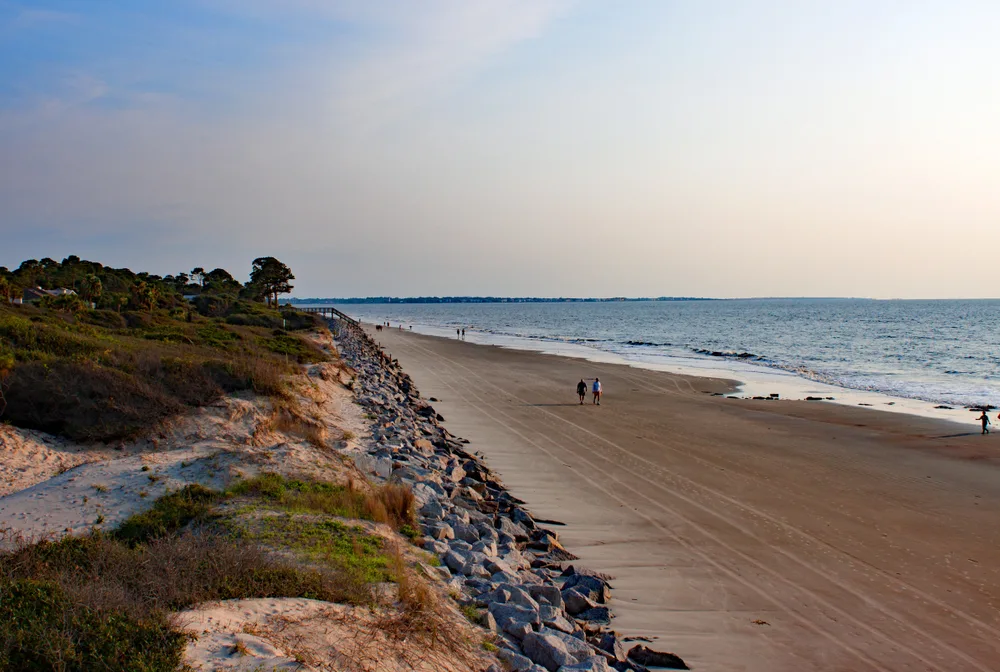
Bob Patrick/Shutterstock
The least busy time to visit Jekyll Island is in the in the fall shoulder season — that is, anytime from September through November.
The fall season is fairly slow, so it’ll likely feel like you’ve got yourself a private island. These months, however, see temperatures drop to the low 50s, with average maximums in the 70s.
Still a comfortable month, September is the hottest out of the three, and with the arrival of October, temperatures tend to drop dramatically. Fall is ideal for touring the National Historic Landmark District.
You can either do so alone or opt for a guided tour and leave things to professionals. With 34 historic structures, National Historic Landmark District is one of the top contributing factors to Jekyll Island’s beauty and, even more so, its popularity.
If you visit the island around Labor Day, opt for a sleeping-in-a-tent experience at the Jekyll Island Campground. Heading to Jekyll Island during Thanksgiving, though, means letting locals do the cooking.
Gor the tastiest Thanksgiving brunch or dinner, go to the Jekyll Island Club Resort. Foodies should also mark their calendars for the Jekyll Island Shrimp and Grits Festival.
Worst Time to Visit Jekyll Island
We think that the worst time to visit Jekyll Island is in the winter, from December until February. It’s hands down colder than any other season, the outdoor activities you can engage in are fairly limited, and summer clothes are out of the question.
These months’ high temperatures hover around the 60s, whereas lows fall as low as the 40s or even 50s. That said, indoor activities are always here to keep you entertained, and rain isn’t that frequent to end up ruining your island plans.
Art lovers should make time for the yearly Island Treasures event (January/February).
Although winter is rather slow and somewhat monotonous on the island, the Christmas period puts everyone in a festive mood, and the island overall lightens up.
If you’re up for such festivity, consider attending the well-known Holly Jolly Jekyll. Just imagine the island decorated in Christmas splendor, lights, engaging craft workshops, and a plethora of culinary traditions. What a time to visit!
Things to Consider
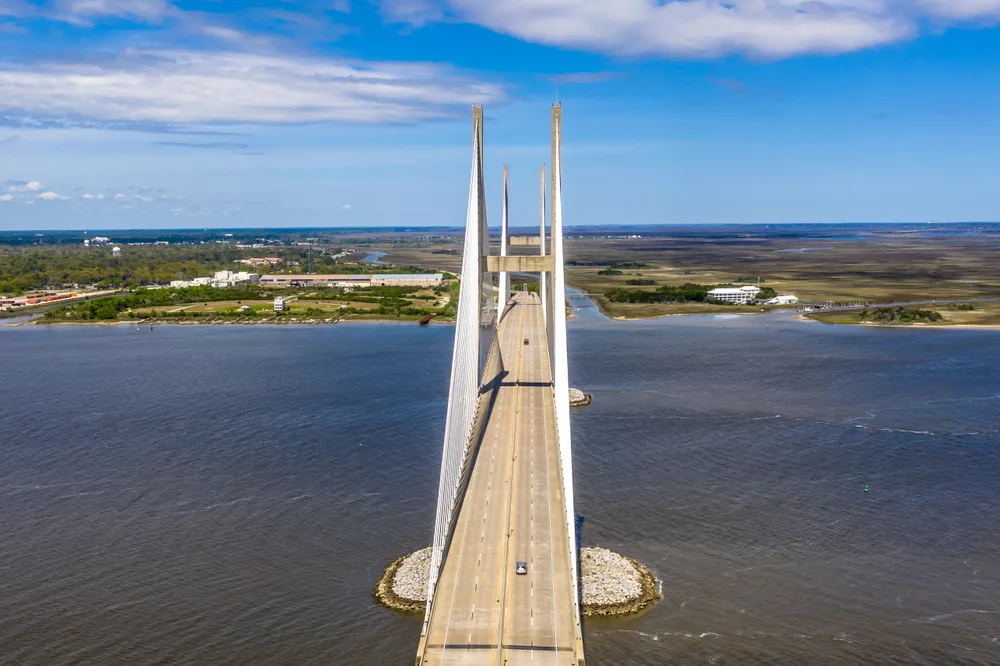
RodClementPhotography/Shutterstock
To make sure your Jekyll Island adventure is as organized as possible, consider the following pieces of information:
- If you enter Jekyll Island with a vehicle, note that a parking pass is required. To obtain one, you have to buy it online before your arrival or purchase it at the island’s entry gate. You can choose among single, multi-day, or yearly passes.
- Keep in mind that the parking fee situation may change depending on the event taking place. For instance, during the Jekyll Island Shrimp & Grits Festival, the parking fee increases to an extra $4 per day/week. That said, the yearly passes don’t undergo any price changes.
- If you head to Driftwood Beach, make sure to get the latest information on the tides — when it’s high tide, the beach isn’t that readily accessible or overly spacious.
- Flashlights aren’t permitted on beaches unless they’re turtle-friendly. Motorized vehicles, overnight camping, glass containers, metal/mineral detectors, and fires aren’t allowed as well. Also, horseback riding isn’t permitted unless it’s by licensed vendors.
- Neither swimming nor fishing is allowed in ponds and lakes. Fireworks aren’t allowed either — unless authorized differently by the Jekyll Island Authority. Using drones for recreational purposes is prohibited too.
So, What’s the Best Time to Visit Jekyll Island?
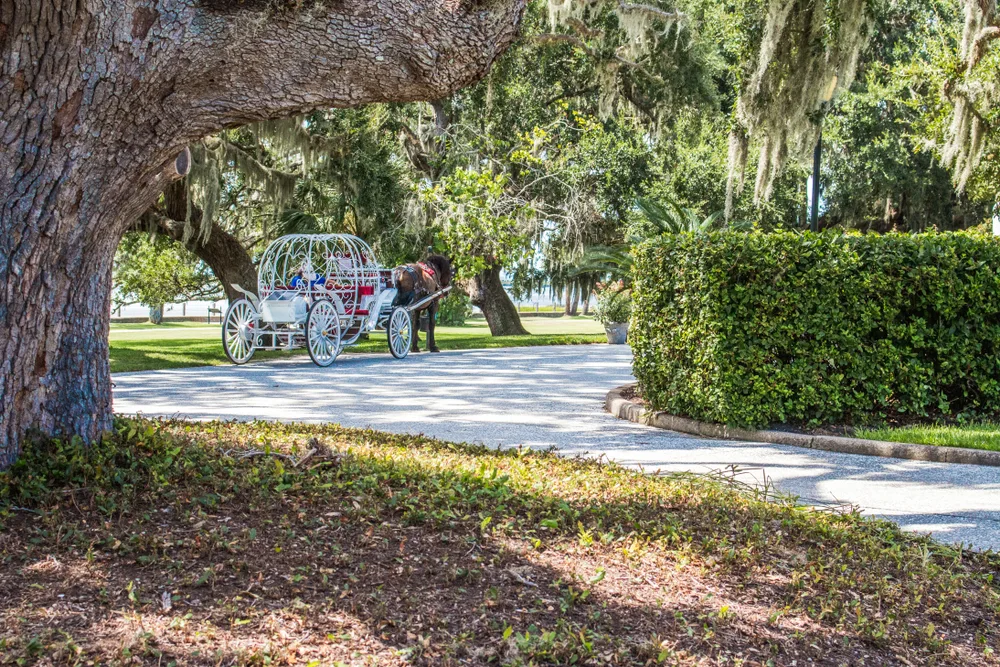
Amanda-Warren/Shutterstock
Put simply, Jekyll Island is so seductive and radiates a natural beauty few can resist, so chances are you’re going to enjoy your stay regardless of when you decide to visit. So, happy island travels!



